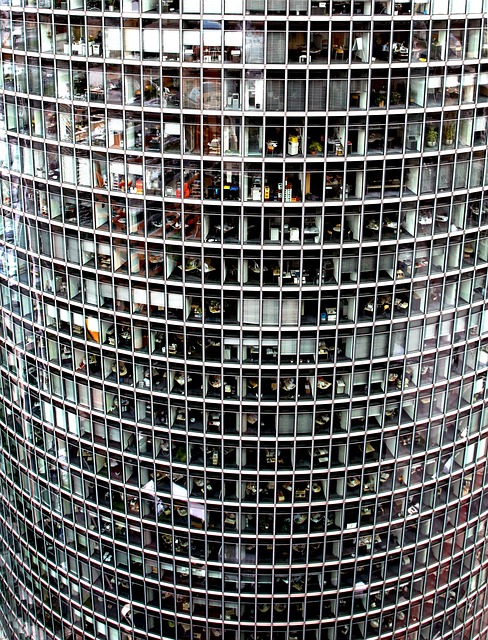Fencing a vast property doesn’t have to break the bank. This comprehensive guide explores cost-effective fencing solutions tailored for large properties, addressing unique challenges and offering sustainable options. We delve into the evolution of fence materials, highlighting traditional versus modern alternatives. By examining durable, budget-friendly choices and the pros/cons of DIY installation versus professional services, readers gain insights to make informed decisions that balance quality, functionality, and financial prudence.
- Understanding Large Property Fencing Needs
- Traditional vs. Modern Fence Materials
- Cost-Effective Options for Durability
- DIY vs. Professional Installation
- Maintenance and Longevity Considerations
Understanding Large Property Fencing Needs
Fencing a large property presents unique challenges compared to smaller plots. The primary consideration is not just aesthetic appeal but also functionality and cost-effectiveness, especially over an extensive area. Each part of the property may require different fencing solutions – from safeguarding livestock in pastures to creating boundaries for privacy or security.
Understanding these varied needs is crucial for selecting suitable fencing materials and designs. For instance, durable, long-lasting materials like wrought iron or steel are ideal for high-security areas but can be cost prohibitive. Alternatively, natural materials like wood or even sustainable options such as recycled plastic might offer a more budget-friendly solution, though they may require more maintenance over time.
Traditional vs. Modern Fence Materials
Traditional fencing materials like wood and iron have long been the go-to choices for property boundaries, offering both aesthetic appeal and functionality. However, these materials often come with high maintenance costs and a limited lifespan due to factors like rot, rust, and weather damage. As such, they may not be the most cost-effective solution for large properties in the long run.
Modern fence materials, on the other hand, present a range of affordable and durable alternatives. Options like vinyl, PVC, and certain types of metal offer superior resistance to elements, require minimal maintenance, and can even mimic the look of traditional materials while providing enhanced strength and longevity. These advancements make modern fencing solutions an attractive choice for property owners seeking both functionality and cost savings over time.
Cost-Effective Options for Durability
When considering fencing solutions for large properties, durability should be a top priority. While initial costs can vary, investing in durable materials offers long-term savings by minimizing replacement and maintenance expenses. Options like high-density polyethylene (HDPE) or vinyl fencing are cost-effective choices known for their resilience to rot, rust, and damage from weather and wildlife. These materials require minimal upkeep, simply needing an occasional wash and basic cleaning.
Compared to traditional wooden fences, which can warp, rot, and need frequent painting or sealing, HDPE and vinyl offer superior durability at a fraction of the cost over time. Additionally, these modern materials are designed to withstand high winds and extreme temperatures, making them ideal for large properties in diverse climates. Their longevity not only saves money but also contributes to environmental sustainability by reducing waste from regular fence replacements.
DIY vs. Professional Installation
When considering fencing for your large property, one key decision is whether to install it yourself or hire professionals. DIY installation can be cost-effective and offer a sense of accomplishment, especially for those with handy skills. It allows for more customization and control over design choices. However, professional installers bring expertise, ensuring the job is done right from the start, saving potential time and money from mistakes. They have access to high-quality materials and tools, offering durability and long-lasting results.
Professionals can also provide valuable advice tailored to your specific needs, such as managing local regulations and ensuring the fence meets safety standards. While DIY methods can be appealing for budget-conscious homeowners, professional installation is often recommended for complex projects, guaranteeing a seamless and efficient outcome without compromising quality or structure.
Maintenance and Longevity Considerations
When considering cost-effective fencing solutions for large properties, it’s crucial to balance initial expenses with long-term maintenance and longevity. While some materials may offer a lower upfront cost, they could require more frequent repairs or replacement over time. Others, though pricier initially, can provide durability and reduced maintenance needs for years.
Regular cleaning, painting, or sealing is often necessary for wooden fences to prevent rot and pest damage. Vinyl fencing, while low-maintenance, may still need occasional cleaning and repair. Metal fences require minimal upkeep but are susceptible to rusting and corrosion in damp environments. Understanding these considerations will help ensure the chosen fence solution not only fits your budget but also stands the test of time.
